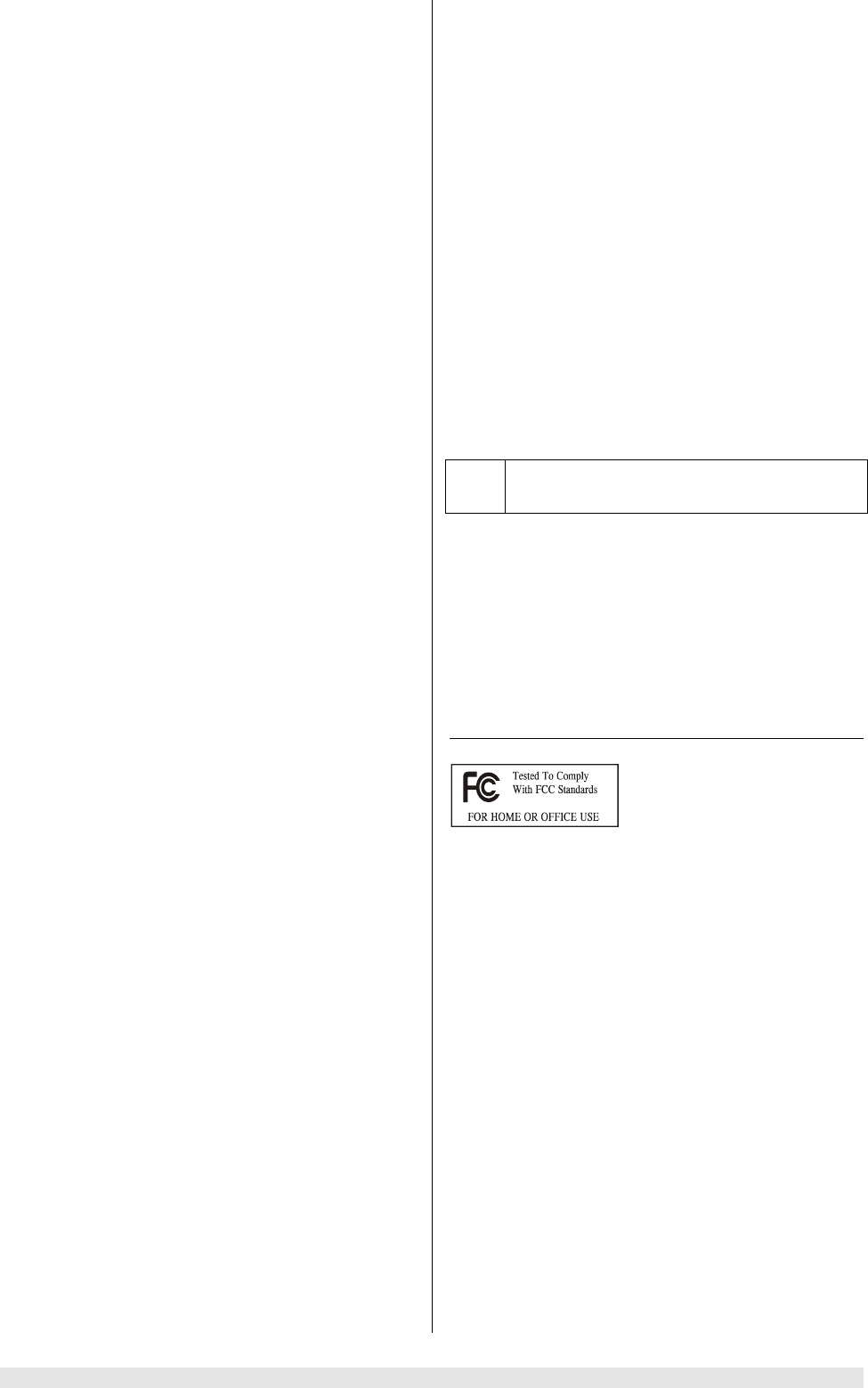
Basic settings 44
Approved usage
This device is designed exclusively for reproducing
sound and/or pictures in the domestic environment. It
must be operated in a dry indoor room which meets all
the recommendations stated in these instructions.
Where the equipment is to be used for other purposes,
especially in the medical field or for any purpose where
safety is an issue, it is essential to establish the unit's
suitability for this application with the manufacturer, and
to obtain prior written approval for such usage.
equipment which includes a radio or television
receiving section must be operated within the regulations
laid down by the Post Office and the Telecommunica-
tions authorities in the country in which it is used. This
unit may only be used to receive or reproduce those
transmissions which are intended for public consump-
tion.
The reception or reproduction of other transmissions
(e.g. police radio or mobile radio broadcasts) is prohib-
ited.
This device fulfils the currently valid European norms and
German technical regulations, and carries the
symbol
as proof of this. Please check that this sticker is in place.
The
sticker is your guarantee that the device meets in
full the specification applicable to it in terms of electro-
magnetic radiation. This means that your device will not
interfere with, nor be interfered by, other receiving
equipment.
If, in spite of these measures, you encounter reception
interference when using your equipment, please contact
your local branch of the German Federal Office for Post
and Telecommunications (or the equivalent in your
country) in the first instance.
The only permissible method of disposing of
this product is to take it to your local collec-
tion centre for electrical waste.
General notes on setting up the K6:
Carefully unpack the K6 and store the original packing
materials carefully. The carton and packing are specially
designed for this unit and will be needed again if you
wish to move the equipment at any time. Please be sure
to read the safety notes in these instructions.
If the unit gets very cold (e.g. when being transported),
condensation may form inside it. Please do not switch it
on until it has had plenty of time to warm up to room
temperature, so that any condensation evaporates com-
pletely.
Before placing the unit on a sensitive surface, please
check the compatibility of the lacquer and the unit's feet
at a non-visible point.
The K6 should be set up on a rigid, level base. If you are
placing the unit on resonance absorbers or de-coupling
components make sure that they do not compromise its
stability.
The unit should be set up in a dry, well-ventilated site,
out of direct sunlight and away from radiators. It must not
be located close to heat-producing objects or devices, or
anything which is heat-sensitive or highly inflammable.
Any heat build-up will shorten the life of
the unit and could be a source of danger.
When installing the unit on a shelf or in a cupboard it is
essential to provide an adequate flow of cooling air, to
ensure that the heat produced by the unit is dissipated
effectively. For this reason there must be at least 10 cm
free space to both sides, behind and above the case.
The unit must be set up in such a way that none of the
connections can be touched - especially by children.
Please be sure to read and observe the notes and infor-
mation contained in the section 'Setting up, using the
K6 for the first time'.
FCC Information
to the user
(for use in the United States of America only)
Class B digital device – instructions:
Note: This equipment has been tested and found to
comply with the limits for a Class B digital device, pursu-
ant to Part 15 of the FCC Rules. These limits are de-
signed to provide reasonable protection against harmful
interference in a residential installation. This equipment
generates, uses and can radiate radio frequency energy
and, if not installed and used in accordance with the
instructions, may cause harmful interference to radio
communications. However, there is no guarantee that
interference will not occur in a particular installation. If
this equipment does cause harmful interference to radio
or television reception, which can be determined by
turning the equipment off and on, the user is encouraged
to try to correct the interference by one or more of the
following measures:
-
Reorient or relocate the receiving antenna.
-
Increase the separation between the equipment and
receiver.
-
Connect the equipment into an outlet on a circuit differ-
ent form that to which the receiver is connected.
-
Consult the dealer or an experienced radio/TV techni-
cian for help.


















